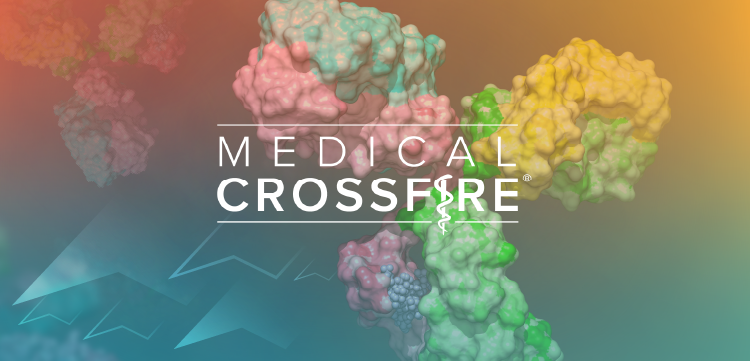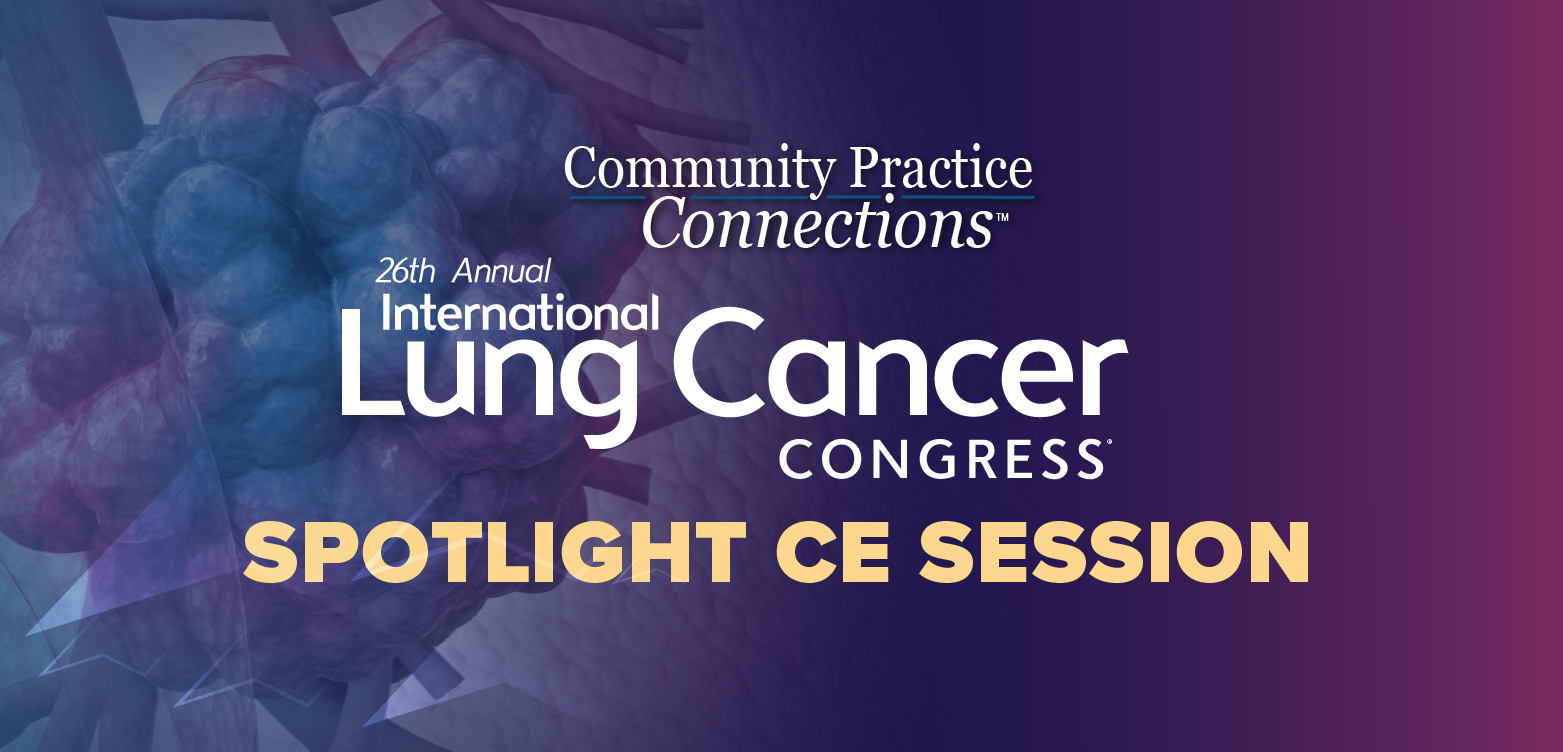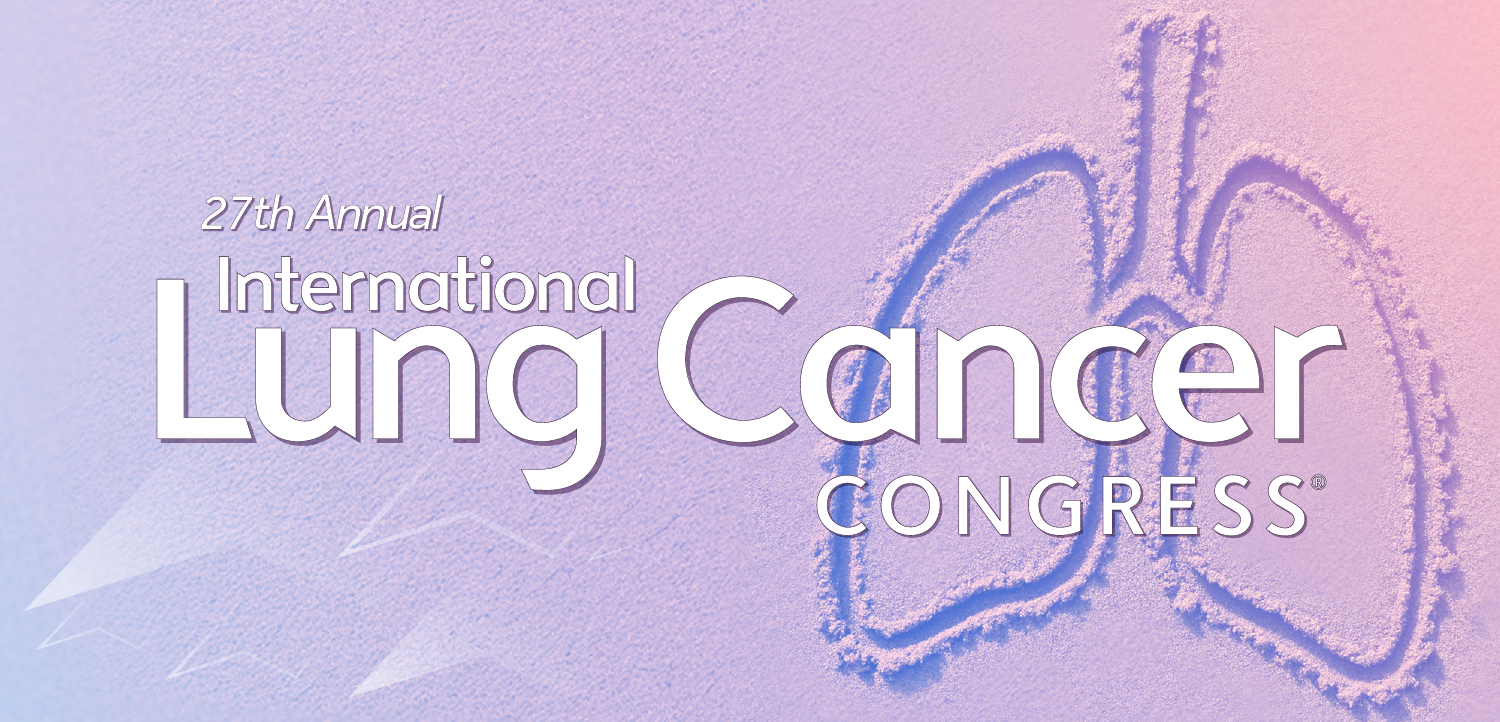
Blood or Marrow Transplant Recipients Face Higher Skin Cancer Risk, Study Shows
Risk factors for secondary skin cancer after blood or marrow transplant include those who had treatment with a monoclonal antibody, chronic graft-versus-host disease and posttransplant immunosuppression.
The largest study to date of blood or marrow transplant (BMT) survivors has found that patients face a substantially higher risk of developing skin cancer following the procedure, particularly if they are older, male or require post-transplant immunosuppressive therapy.
Blood or marrow transplants aim to restore blood stem cells in patients who have blood cancers or who have had high doses of chemotherapy. About 1.5 million hematopoietic cell transplants are estimates to be performed worldwide, according to a
Secondary cancers have been known to occur in patients after BMT. But previous research excluded nonmelanoma skin cancers, evaluated only squamous cell carcinoma and not basal cell carcinoma, or had restrictions on cohorts. Researchers in a new study, led by Kristy K. Broman, M.D., MPH, assistant professor in the Division of Surgical Oncology at the University of Alabama at Birmingham, wanted to understand the risk of basal cell carcinoma, squamous cell carcinoma, or melanoma after blood or marrow transplant, and who is at risk.
The Broman
By age 70, BMT recipients were twice as likely to develop basal cell carcinoma, more than three times as likely to develop squamous cell carcinoma, and nearly twice as likely to develop melanoma. Treatment-related factors also influenced cancer risk. Total body irradiation was linked to higher basal cell carcinoma risk in patients who received transplants before age 50.
"Most [bone marrow transplant] survivors do not undergo routine dermatologic surveillance, highlighting the need to understand risk factors and incorporate risk-informed dermatologic surveillance into survivorship care plans," the authors wrote.
The researchers found that patients faced significantly higher risks if they received their transplant at age 50 or older, or developed chronic graft-vs-host disease after an allogeneic transplant. The study also identified a previously unknown connection between pre-transplant monoclonal antibody treatment—specifically rituximab—and an increased risk of basal cell carcinoma. This discovery may influence treatment decisions for certain transplant patients, particularly those receiving rituximab before their procedure.
“To our knowledge, no prior work has established an association between pretransplant exposure to monoclonal antibodies and [basal cell carcinoma],” the researchers wrote.
The study identified protective factors as well. Non-Hispanic White patients had significantly higher risks compared to other racial and ethnic groups, with Black patients showing no cases of basal cell carcinoma during the study period.
The researchers recommend developing personalized screening approaches tailored to individual patient risk factors, such as age at transplant, chronic graft-vs-host disease and prior rituximab exposure.
Newsletter
Get the latest industry news, event updates, and more from Managed healthcare Executive.






















































